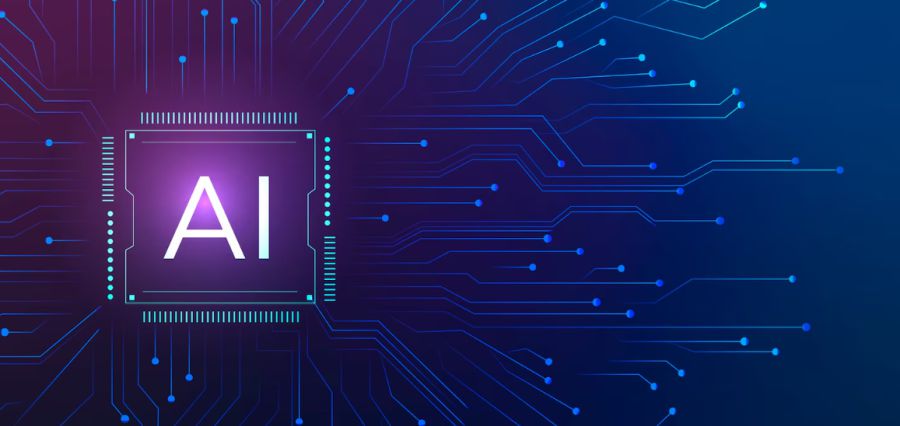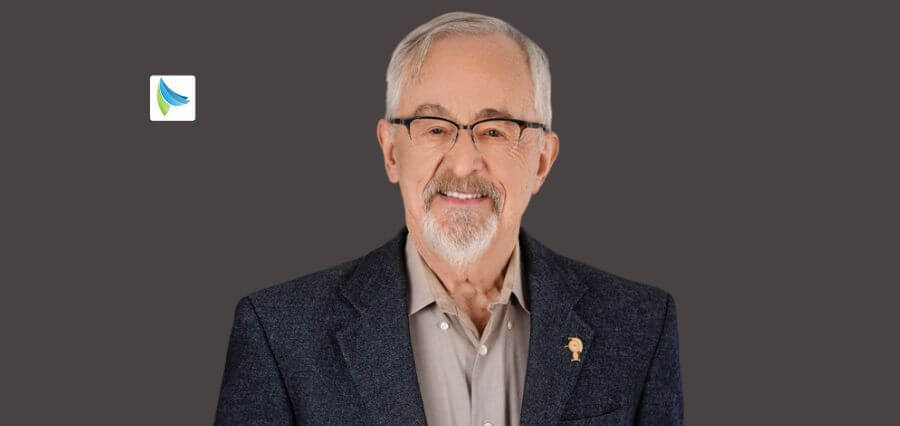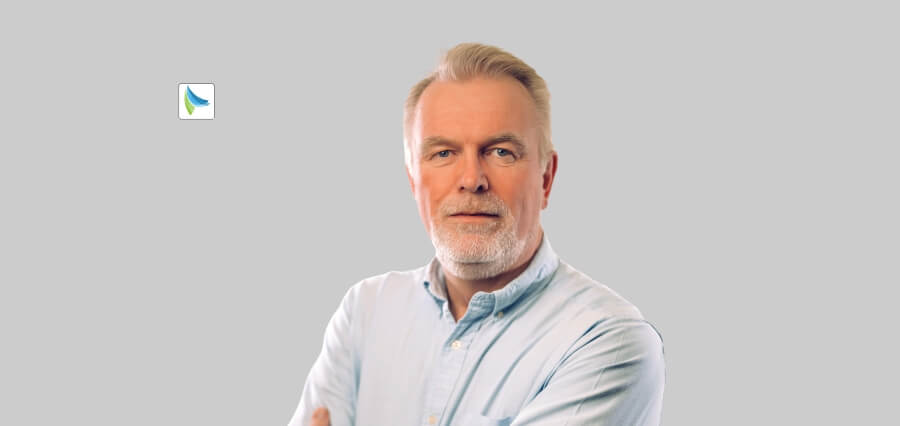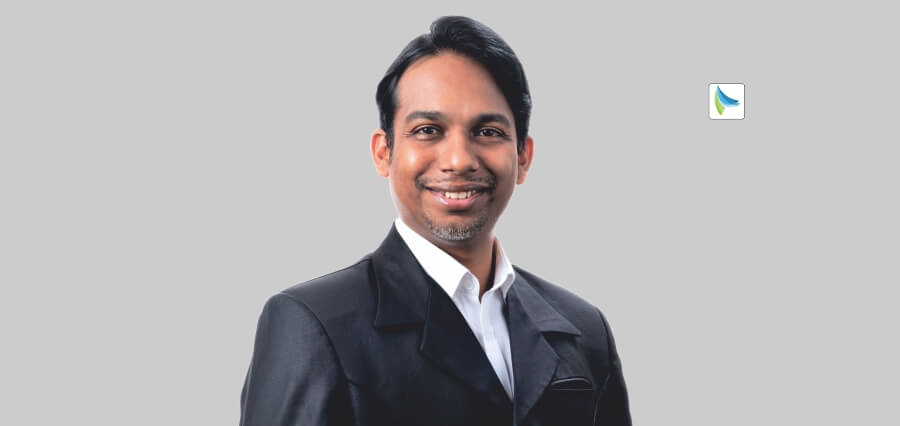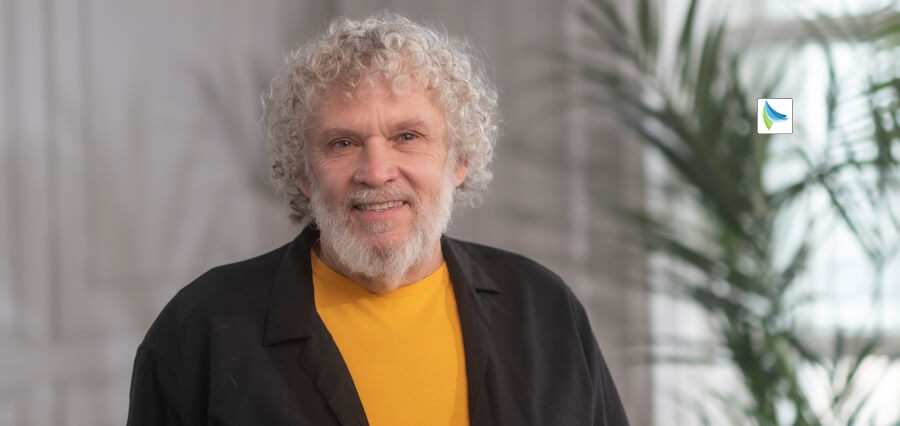In an age where information is abundant and accessible like never before, there is a growing paradox: while we know more, we often understand less. The rise of data has not automatically translated into wiser decisions or more thoughtful solutions. The gap between theory and real-world application remains daunting, leaving classrooms full of passive knowledge, but few actionable insights. This growing challenge begs the question: how do we translate knowledge into wisdom—and wisdom into impact?
For Richard Larson, the answer lies in applied curiosity. A trailblazer in operations research, Larson has consistently defied the notion that academic inquiry should remain cloistered in journals or theoretical frameworks. Instead, he has championed an approach rooted in practicality, guided by the principle that knowledge only finds meaning when it’s used to solve real-world problems—whether optimizing a city’s emergency response, reimagining education for the digital age, or building models that better represent the systems we navigate every day.
Through decades of pioneering work, leadership, mentorship, and innovation, Richard Larson has left an indelible mark on the way we understand, teach, and apply knowledge. His story is one of relentless exploration—where science meets service, and where numbers, equations, and models transform into tools that shape better systems, smarter cities, and more resilient societies.
How Physics Led to Operations Research
Richard Larson’s academic journey began with a deep fascination for physics. As a high school student, he was drawn to its elegant simplicity—how a few principles could explain vast swaths of the universe. In contrast, he found chemistry less intuitive and biology overly dependent on memorization. That early love for clarity and structure soon evolved into a passion for operations research, a discipline he describes as “the physics of the world in which we operate.”
To Richard Larson, operations research offered the perfect bridge between scientific rigor and real-world problem solving. It enabled him to apply logical, quantitative methods to complex, everyday systems—from traffic flows and emergency services to health crises and urban infrastructure. His attraction to this field wasn’t just intellectual—it was a calling to use mathematical thinking to improve life in tangible ways.
Transforming Theory into Urban Solutions
Throughout his career, Larson has worked at the intersection of theory and application. His contributions to urban service systems—especially emergency response and disaster planning—have made him a recognized authority in the field. His first major work, Urban Police Patrol Analysis (1972), revolutionized the way cities deploy police resources and earned him the prestigious Lanchester Prize. Later, he co- authored Urban Operations Research (1981), a foundational text that has influenced generations of scholars and practitioners.
Among his most notable innovations is the Hypercube Queueing Model, a tool used to optimize resource allocation in emergency response systems. His research on queuing theory—how people wait, why delays happen, and how systems can be improved—has made profound contributions to public services around the globe.
Revolutionizing Emergency Services in NYC
One of Larson’s most tangible impacts came in the form of transforming New York City’s 911 emergency response system. Before the implementation of 911, residents had to dial different numbers depending on their borough, creating chaos in moments that demanded clarity and speed. Even after unifying the number, the system still suffered from serious inefficiencies.
Richard Larson was invited to help overhaul the system. Working hand-in-hand with dispatchers and police lieutenants, he used data modeling to optimize operator schedules and reduce caller wait times. His work wasn’t about creating abstract efficiencies—it was about saving lives. The resulting improvements set a precedent for cities across the globe and showcased the power of applied operations research in public service.
A Career Built on Interdisciplinary Curiosity
One of Larson’s defining characteristics is his refusal to be confined by disciplinary silos. He has collaborated across sectors and fields, applying his knowledge to healthcare planning, smart energy housing, logistics, workforce systems, and pandemic modeling. Whether it’s studying how to distribute vaccines efficiently or analyzing shifts in STEM education, Larson’s approach is always holistic, data-driven, and centered on problem-solving.
His interdisciplinary mindset is exemplified by his wide- ranging publications—over 175 scientific articles and six books—and his partnerships with students and professionals from diverse backgrounds. For Richard Larson, operations research is not merely an academic subject; it’s a universal language for understanding and improving the world.
Mentoring the Next Generation of Thinkers
Richard Larson has spent much of his career guiding students at MIT, not only as an educator but also as a mentor. His teaching philosophy balances rigor with empathy. He believes in encouraging students to take intellectual risks while also holding them to high standards. He credits his own academic development to mentors who were honest and demanding—qualities he has sought to emulate in his own mentorship.
Many of his most impactful papers were co-authored with students, including award-winning works like Modeling the Effects of H1N1 Influenza Vaccine Distribution and STEM Crisis or STEM Surplus? Yes and Yes. These collaborations underscore Larson’s commitment to fostering new talent while tackling society’s most pressing problems.
Championing Model-Based Thinking
At the heart of Larson’s philosophy is “model-based thinking”—a structured way of approaching complex problems by building simplified, data-driven representations of real-world systems. He believes that by understanding the dynamics behind how systems behave, we can make better decisions.
In his book Model Thinking for Everyday Life, Richard Larson aims to bring this approach to a broader audience. He argues that model-based thinking isn’t just for academics or engineers—it’s a life skill. Whether navigating traffic, managing time, or assessing risk, everyone can benefit from learning how to think in models.
Boots on the Ground: Ground Truth Matters
While Richard Larson is a proponent of digital tools, he is wary of relying too heavily on simulations and AI-driven models without firsthand observation. He coined the phrase “Boots on the Ground” research to stress the importance of being directly involved in the systems one is studying.
For Richard Larson, true insight comes from marrying data with lived experience. He warns that researchers who remain isolated from the field risk building models that are elegant but ultimately irrelevant. Real-world observation, he argues, is essential for crafting solutions that reflect genuine human behavior and practical challenges.
Redesigning Education for the Digital Age
As director of MIT’s Center for Advanced Educational Services, Richard Larson led efforts to incorporate technology into learning long before it became mainstream. He founded LINC (Learning International Networks Consortium) to connect educators globally and promote accessible, high-quality education.
Currently, as the head of the MIT BLOSSOMS initiative, Richard Larson continues to work on democratizing science and math education. He sees technology not as a replacement for traditional education, but as a tool for inclusion—providing students worldwide with the same quality of content once reserved for elite institutions.
Yet, he remains cautious. He believes educators must ensure that AI and automation do not erode students’ critical thinking or self-confidence. Thoughtful design and ethical considerations, he argues, are key to ensuring that digital learning remains empowering, not alienating.
Institutional Culture and Academic Pressure
Richard Larson is candid about the evolving pressures in academia: limited research funding, rising expectations, and an intense push for publications. What has sustained him, he says, is MIT’s culture of openness and innovation.
He believes that universities must create supportive environments that encourage risk-taking and cross- disciplinary work if they want to foster true intellectual breakthroughs.
He acknowledges that institutional inertia can stifle collaboration, but he remains optimistic. With the right leadership and vision, academic institutions can continue to be engines of societal change.
A Legacy Built on Service, Wisdom, and Courage
Looking back on his decades of work, Richard Larson identifies three principles that have guided him: authenticity, intellectual bravery, and meaningful relationships. He is proudest not just of the awards or titles, but of the tangible change his work has brought to communities and the students he’s mentored along the way.
He fondly recalls co-developing the course Urban Operations Research with Professor Amedeo Odoni, a collaboration that blended teaching, writing, and hands-on problem-solving into a deeply fulfilling academic experience. Their resulting textbook remains a cornerstone of the field, widely cited and taught.
Data, Models, and the Human Element
Richard Larson’s work stands as a powerful reminder that data and models are only as meaningful as the human problems they aim to solve. In a world flooded with information and automated solutions, his career is a testament to the enduring value of curiosity, collaboration, and context.
Whether designing a 911 system, modeling a pandemic, or mentoring the next generation of thinkers, Richard Larson brings the same ethos to every endeavor: that knowledge must serve. And in doing so, he reminds us that the best minds are those that not only seek truth—but also strive to improve the world with it.


